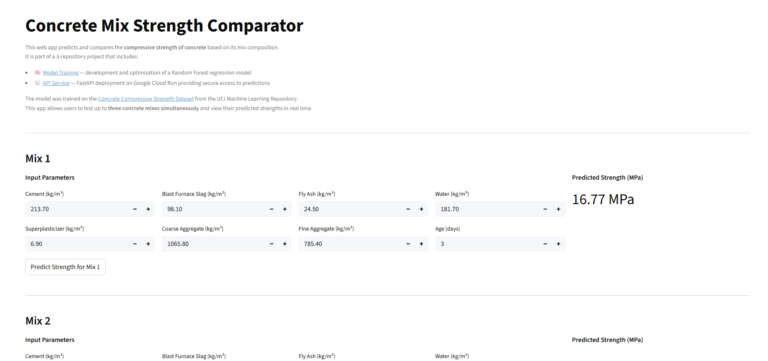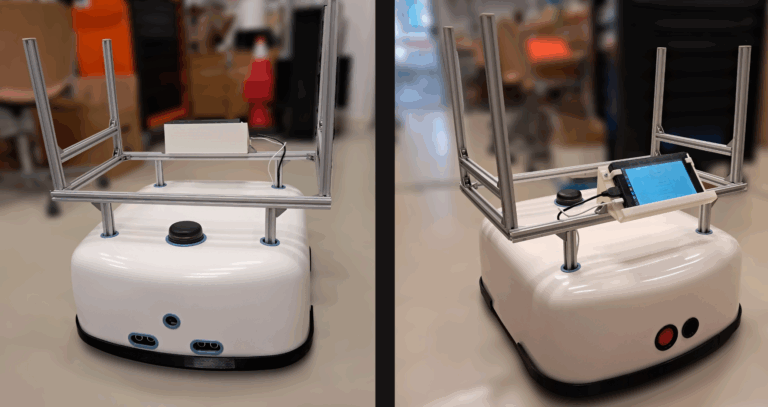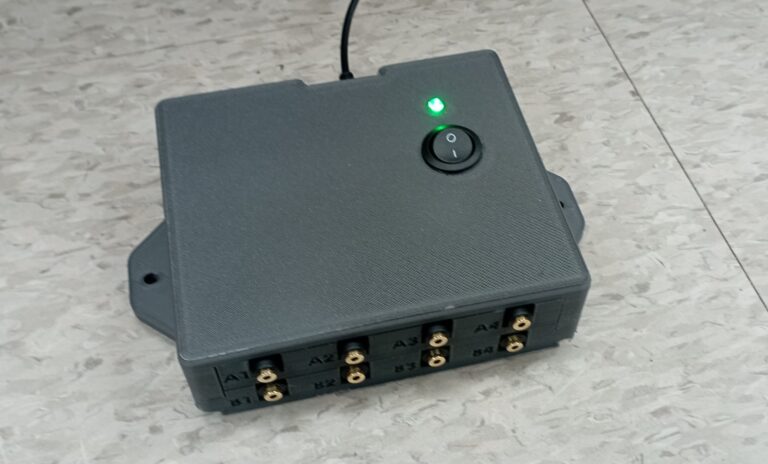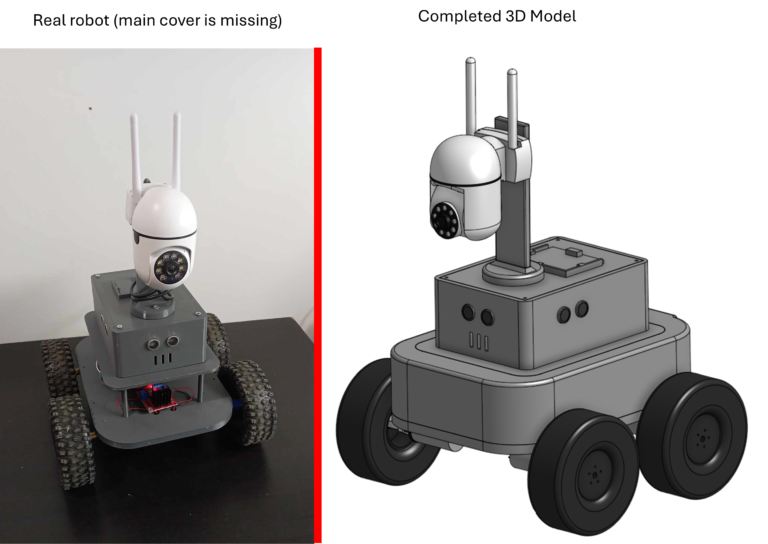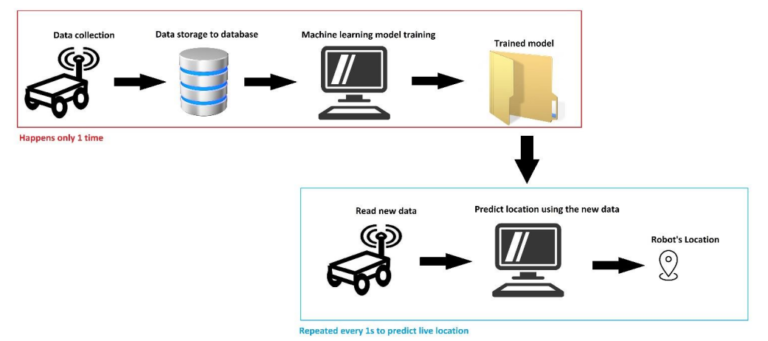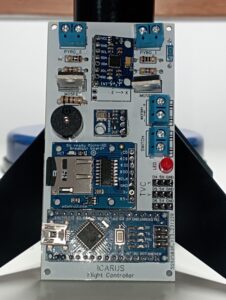For this project, I developed a complete end-to-end application that predicts the compressive strength of concrete based on its mix composition. The workflow included data analysis, model training, and hyperparameter tuning using Python and Scikit-Learn, where multiple regression algorithms were compared. The final model, a Random Forest Regressor, was deployed as a FastAPI web service within a Docker container on Google Cloud Run. A custom Streamlit web interface was also built, allowing users to input mix parameters and view real-time predictions through a secure API connection.
For my final year thesis, I developed an autonomous wheeled robot for payload transportation using ROS2. Simultaneous Localization and Mapping (SLAM) and Autonomous Navigation algorithms (NAV2 Framework) were implemented in both a simulation (Gazebo) environment and on the real hardware. Moreover, the Arduino code for controlling the robot’s motors using velocity commands and a PID controller was developed. The robot’s hardware includes an Arduino Mega, a Raspberry Pi 5, DC Motors with encoders and a LiDAR sensor.
During a two-month summer internship at the Energy Efficiency Control Optimization Laboratory at Texas A&M University, I undertook the design and implementation of a low-cost Data Acquisition (DAQ) module. This module is primarily used to measure critical parameters of compressed air systems.
This security robot prototype offers both autonomous and manual control for versatile indoor and outdoor surveillance. It features a 1080P camera for real-time video streaming and uses a machine learning algorithm for people detection, powered by a custom Python program.
This project represents an approach of defining the position of a mobile robot by detecting Wi-Fi signals around it and implementing machine learning algorithms.
This flight controller can be used for controlling model and high-power rockets and provide all the necessary functionalities for data measuring and logging as well as controlling thrust vector control systems.
